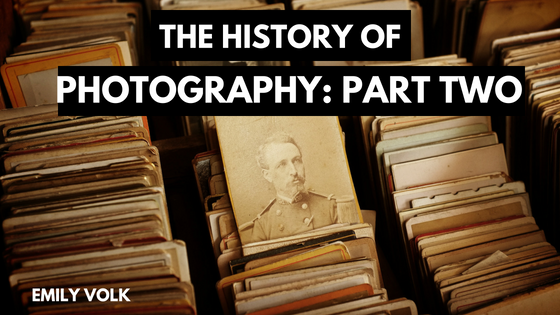Daguerreotype
After Niépce passed away in 1833, he is said to have left his notes to professional scene painter Louis-Jacques-Mandé Daguerre. In 1835, Daguerre discovered that an iodized silver would develop images on plates, and thus the exposure time of images could be cut drastically. After producing a photograph on a silvered copper plate, Daguerre became known as the inventor of the process known as the daguerreotype.
Though the first of the daguerreotypes in the United States were made in 1839, experiments began in Europe and in the United States to improve the process. The goal of this improvement was to make the process more feasible for portraiture.
In 1841, Richard Beard opened the first studio in Europe in a glasshouse. Enlisting the help of chemist John Frederick Goddard, both men improved the exposure process for greater efficiency in capturing portraits. With these advancements, daguerreotypes became immensely popular and their popularity persisted throughout the industrial revolution.
Contemporary Photography
In 1884, George Eastman developed film to replace photographic plates. Four years later, in 1888, Eastman pioneered Kodak, creating a camera that was accessible and allowed the masses to indulge in the art of photography.
Color Photography
Color photography began to emerge as early as 1848. With the introduction of autochrome plates by brothers Auguste and Louis Lumiére, color was eventually commercially introduced in 1907.
In 1935, Kodachrome film was introduced to color both cinematography and photography. Later in 1983, Polachrome was introduced, which was a color slide film.
Digital Photography
Digital photography saw its beginning in 1957 with lead engineer Russel A. Kirsch developing a technology that allowed graphics to be transferred into digital computer memory. This technology led to charge-coupled device developments in digital cameras. Later, the technology that had been used in digital cameras was replaced by active pixel sensor, which is commonly used in cell phone cameras.
As a result of this technology, photography has become more accessible to the masses and a more ingrained facet of a daily life. The developments that photography have experienced since it was first introduced is nothing short of astounding, and I am sure we are just getting started.
